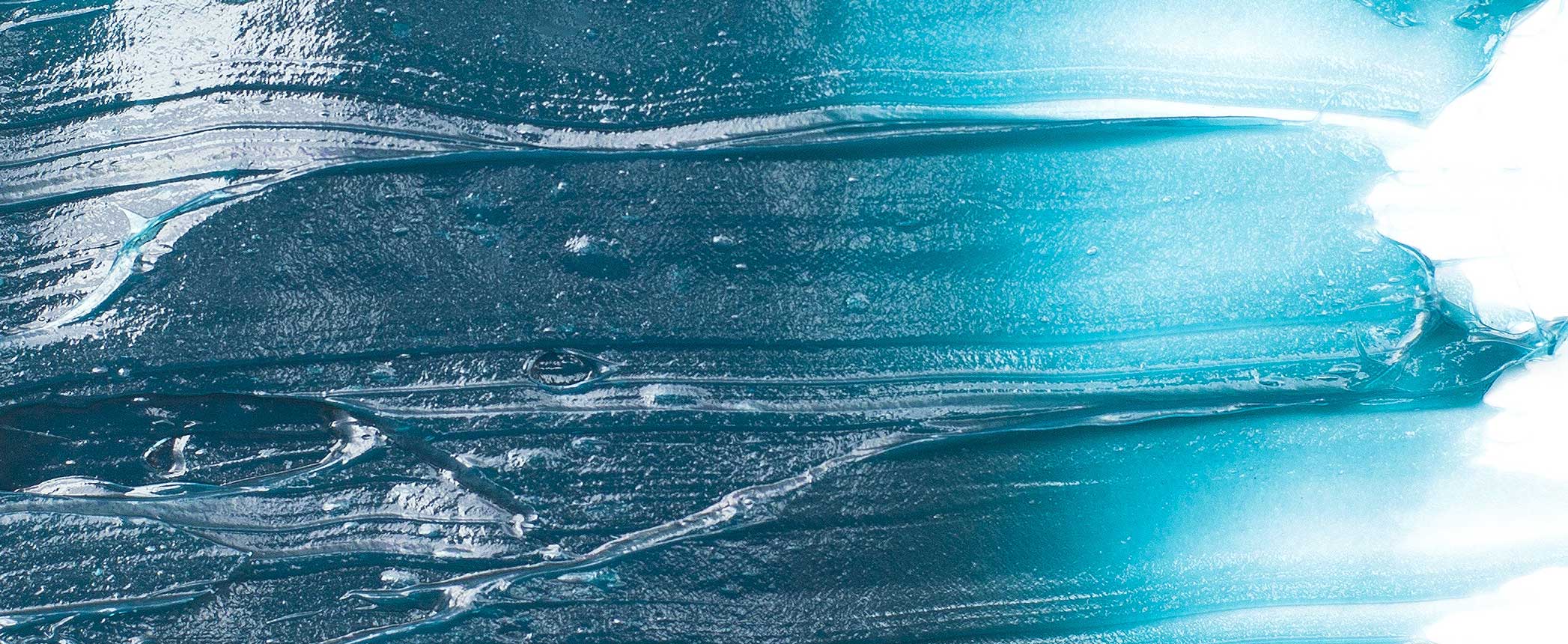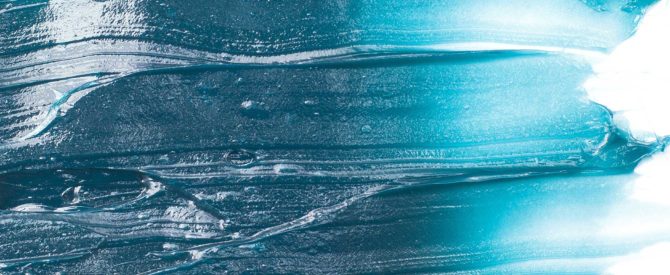
Reported lubricating grease production was up in China and Southeast Asia, and down in India and Japan, according to a survey by the United States-based National Lubricating Grease Institute.
“India reported a major decrease of over 11%, most of which is due to participant drop out, while Japan declined by over 6.5% from 2018,” Chuck Coe wrote in the cover letter to the survey report. Coe is president of Grease Technology Solutions, the independent research and consulting firm that conducts the survey on behalf of NLGI. Coe noted that Southeast Asia reported an increase of 7.2% primarily due to new participants, and China an increase of 13.2%.
Global totals were up just 0.2%, or 4.7 million pounds, to 2.6 billion pounds in 2019.
Coe cautions readers about comparing totals from current data directly to earlier years, as participants can change from year to year. For Asian countries, the report does not contain comparative data, which shows totals of figures reported by all companies that have participated for three years running.
A total of 81 Chinese producers responded to the 2019 survey, up from 78 in 2018. The participants from this year’s survey produced a total of 955.1 million pounds of grease, compared to 843.5 million pounds in 2018.
Coe noted that in China, 12 companies reported in 2019 that didn’t in 2018, while 12 companies who reported production for 2018 didn’t for 2019. “Since I don’t see production by individual company, I can only surmise that the new reporting companies produced more than the ones that dropped out did in 2018,” he told Lube Report. Coe noted that the average reported production per plant in China increased by about 9% from 2018.
China’s production accounts for 36% of global production, slightly more than that of Europe and North America combined.
Lithium soaps remained the top thickener type in China, accounting for 68% of the country’s reported grease production last year. However, that was down from 74% in 2018 and continues a downward trend since 2016, when it was 80%. “I understand that China and India were the hardest hit and the earliest hit by the run-up in lithium hydroxide prices starting a few years back,” Coe said.
Calcium soap thickeners accounted for 20% of all thickener types in China in 2019, up from 15% in 2018 and continuing an upward trend since 2016, when it was 11%.
India and the India subcontinent produced 220.6 million pounds of grease in 2019, 11 percent less than in 2018. Conventional lithium soap thickeners remained in the lead, accounting for 73% of all grease, compared to 74% in 2018.
Japan’s total production was down to 172.5 million pounds in 2019, compared to 184.7 million in 2018.
The country remains a leader in polyurea production, with 49.1 million pounds in 2019, or 28% of its production, more than any other region in sum or percentage.
In the Pacific and Southeast Asia region, total grease production reported reached 168.9 million pounds, up 7% from 2018. Lithium thickeners – both conventional and complex – remained the leaders in the region, although the latter decreased in share. Conventional lithium accounted for 53% of all thickener types, up from 49% in 2018, and complex accounted for 21%, down from 28%.
Meanwhile, the share of calcium soap thickeners slid to 14% in 2019, down from 16% in 2018, mainly due to a decline in use of hydrated calcium soap.
The survey also compiled global grease production data by base oil type, with about 87% of greases made with mineral base oil, down from 89%. Synthetic and semi-synthetic base oil accounted for about 12%.
Base fluid type was reported for all the 955.1 million pounds of grease production reported in China. Of that, 86% used conventional, 7% used synthetic, 7% used semi-synthetic and 1% used bio-based fluid.
Of the 164.4 million pounds of grease for which base fluid type was reported in India and the Indian subcontinent, 97% used conventional fluids, 2% used semi-synthetic and about 1% combined used synthetic or biobased.
In the Pacific and Southeast Asia, of the 164.3 million pounds of grease for which base fluid type was reported, 94% used conventional fluid, and 6% combined used synthetic or semi-synthetic.
The use of synthetic, semi-synthetic and even bio-based base oils in China has increased dramatically since 2016, Coe said, experiencing a 43% compound annual growth over that period. He noted that such use is increasing at a more moderate rate in the Pacific and Southeast Asia region and India, by CAGRs of about 25% and 20%, respectively, for non-conventional base oil types.
Released last week, the full 30-page report of 2019 grease production includes prior-year data going back to 2016 and is available for download at www.nlgi.org. NLGI member companies can obtain a free copy, and nonmembers may purchase the report, which contains data categorized by geographic region, thickener type, base oil type and year.

Anti-seize automotive grease, used to protect components and assemblies, is designed for use in high temperature conditions.